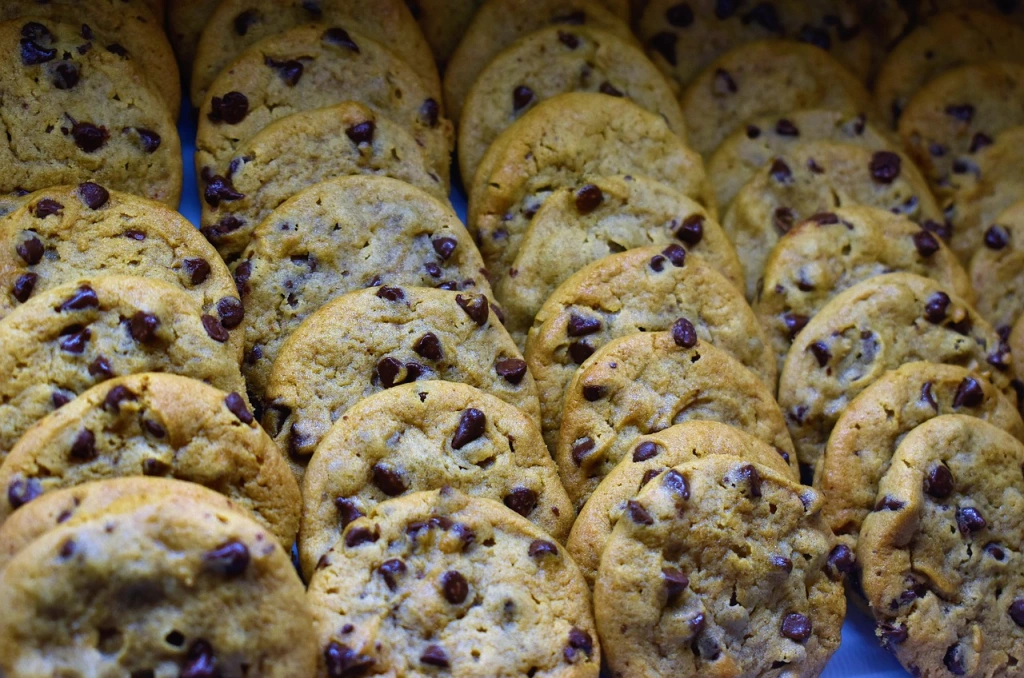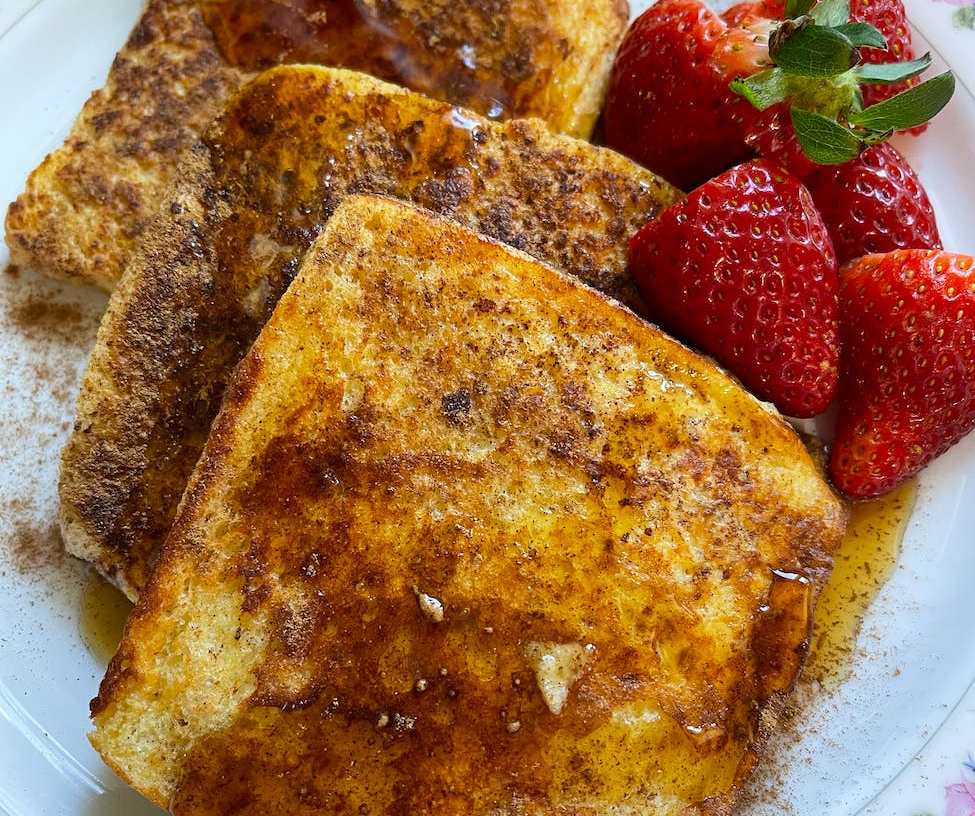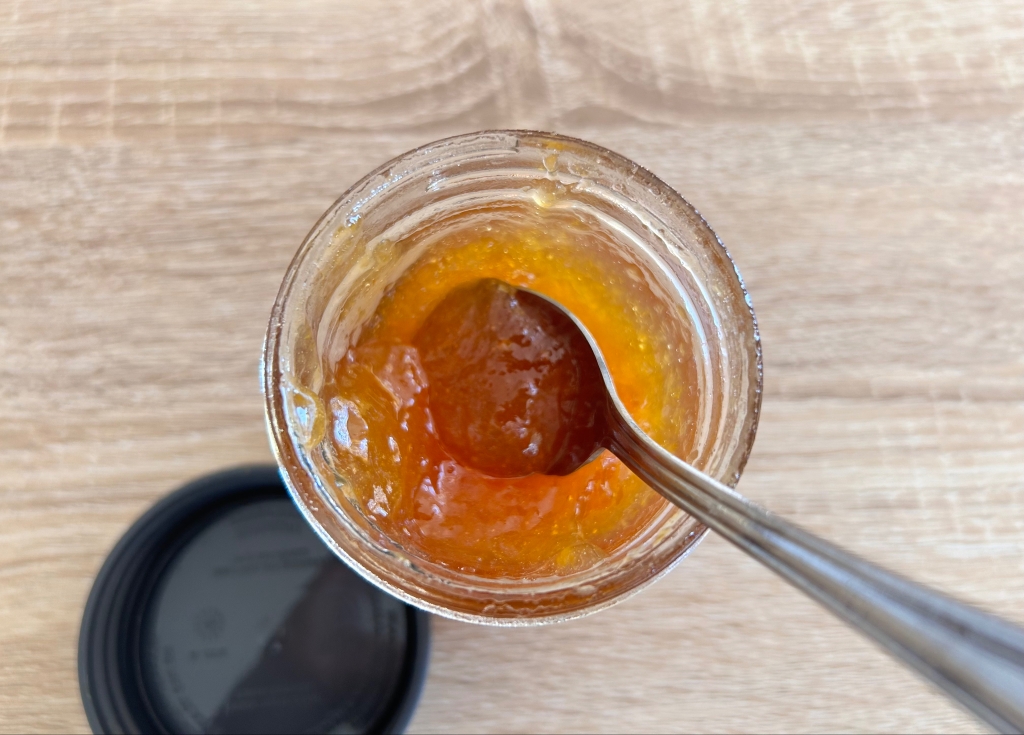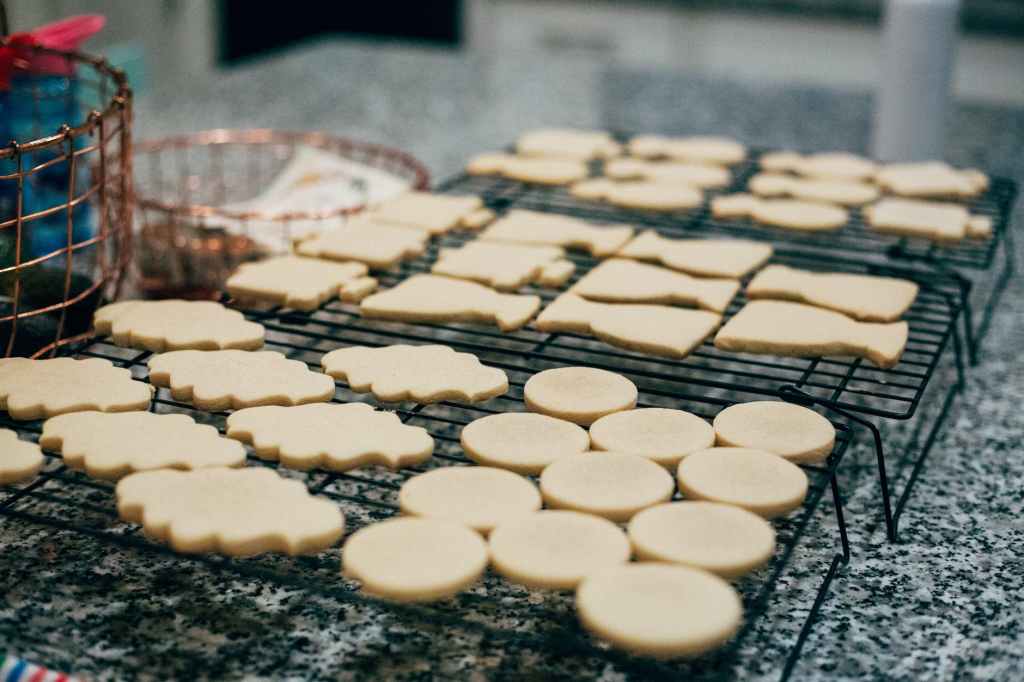Yeast Breads – What is a Rolled Dough?
Welcome to the Part 4 of the Baking Yeast Bread series. Here I will discuss the rolled in dough method and some troubleshooting tips in case you need to adjust your bread recipe.

If you haven’t had a chance to read Part I, II, and III How to Prepare Yeast Bread Dough here is a recap of the series.
Looking Back: How to Prepare Yeast Bread Dough
Baking yeast bread requires 10 steps.
- Measuring and Scaling the Ingredients
- Mixing and Kneading the Dough
- Allow the Dough to Ferment
- Punching Down the Dough
- Portion the Dough
- Rounding the Dough Portions
- Shaping the Dough
- Proofing the Dough between 95 °F and 115 °F (35 °C and 46 °C)
- Baking the dough at optimum temperature for rise and expansion
- Storing the dough
In this post, I will discuss the process of preparing rolled in dough which is the second production step for preparing yeast bread. So, if you haven’t had a chance to read the previous series, pause here, read the previous posts, then come back and join us to learn this wonderful technique for baking yeast bread.
How to make Rolled In Dough
The rolled in dough method belongs to the second production step for preparing yeast bread dough. The main goal when mixing the ingredients is to ensure all ingredients are evenly distributed and to develop the gluten network and build a desired texture and taste.
When it comes to baked goods, most individuals have tasted rolled in doughs but don’t understand the concept nor process to yield such a flavorful product. Rolled in doughs, also called laminated dough, include croissants, Danish pastries, and puff pastries. This baking technique involves incorporating a cold solid fat (i.e., Butter, shortening, or margarine) into the dough through rolling and folding. The fat is repeatedly rolled into the dough, which is folded to create layers of a flaky dough texture when baked. When heated, the moisture in the fat is released as steam and gets trapped in the layers of dough thus raising the dough.
Why Is Dough Rolled?
When it comes, to rolled in dough, the dough production steps are slightly different than the common production steps mentioned in the previous posts. Unlike step 1 in which all ingredients are scaled and mixed prior to fermentation, the butter is not mixed with the other ingredients prior to fermentation. The butter is turned into the dough after fermentation is complete and dough has been punched down. Also, rolled in doughs portion don’t require shaping like other yeast bread doughs.
Can I Use Oil Instead of Butter for Rolled In Doughs?
No. Solid fat, like butter and shortening gives rolled in doughs its unique flavor and texture. An oil would only alter the dough to an undesirable texture. Oil should be used for baking fine textured products like muffins or chiffon cakes. Read Types of Fat | Uses for Baking to learn how fats influence the baking process.
Rolling cold fat into dough can be hard to work with since it’s likely to crack and break, while warmed fats are too soft to roll at room temperature. If you plan to scale up your rolled in dough baked goods, then it’s best to use a dough sheeter to roll the dough. The dough sheeter will not only prevent your hands from tiring but will add consistency to the baked goods and save time. Brod and Taylor sell a manual dough sheeter that is excellent for preparing rolled in dough. If you love eating croissants, cinnamon rolls, or preparing puff pastries, then this is the machine for you.
How to Prepare Rolled In Dough
- Prepare the butter or shortening by melting the fat in a bowl. Transfer the melted fat to a pan lined with wax paper and store in a refrigerator to harden. Once the butter has cooled and hardened, remove the wax paper holding the butter in the pan. Wrap the butter in a plastic wrap and store in the refrigerator until ready for use.
- Follow Stages 1 through 4 to mix the dough and allow it to rise. Be sure not to incorporate butter or shortening into this mixture. The fat will be added later.
- Roll out the dough evenly, then place the butter on top. Fold the dough, enclosing it completely.
- Roll the dough into a rectangle until ¼ to ½ inch (0.6 to 1.2 cm) thick.
- Fold the dough into thirds and place in refrigerator for 20-30 minutes.
- Repeat steps 4 and 5 two more times and place in the refrigerator overnight to allow the dough to rest before baking.
- Shape the bake the dough.
Since a picture can say a thousand words, here is a video showing How to Prepare Croissant Dough. Apply this method to prepare rolled in doughs for other baked goods, like Danish pastries, or puff pastries.
What If My Yeast Bread Doesn’t Bake Right? How Do I Fix It?
Here are some tips from OnCooking
| PROBLEM | CAUSE | SOLUTION |
|---|---|---|
| Cannonball of Dough | Too much flour was added to the dough mixture. | Add water to dough mixture. |
| Pale Crust | Low oven temperature. Dough is over-proofed. | Raise oven temperature Proof dough ONLY until size has double. |
| Too Dark Crust | Oven too hot. High sugar in dough mixture. | Lower oven temperature. Lower sugar content in dough. |
| Top Crust Separates from the Loaf | Dough not properly shaped or slashed prior to baking. Dough has dried out prior to baking. | Shape dough and slash before baking. Cover during proofing stage. |
| Sides of Bread Loaf is Cracked | Bread expanded after the crust formed during baking. | Slash bread to a depth of ½ inch (1.2 cm) before baking. |
| Dense Texture | Not enough yeast. Not enough fermentation time. Too much salt added. | Add yeast. Proof dough ONLY until size has double. Add salt. |
| Ropes of Undercooked Dough Running Through the Product | Dough was not properly kneaded. Insufficient rising time. Oven too hot. | Knead dough until it’s smooth and elastic. Allow time for dough to rise. Lower oven temperature. |
| Loaf Spreads and Flattens When Baking | Dough is too soft. | Add flour. |
| Large Holes in Bread | Too much yeast added to mixture. Dough overkneaded. Dough was not properly punch down. | Measure yeast carefully. Knead dough only as directed. Punch down to remove excess air before shaping. |
| Blisters on Crust | Too much liquid in dough mixture. Dough not properly shaped. Too much steam in the oven. | Measure ingredients carefully. Punch down and knead out excess air before shaping. Reduce steam or moisture in the oven. |
Troubleshooting bread comes down to adjusting the oven temperature, adjusting main ingredients such as sugar, salt, yeast, or water, and making sure to expel excess air from the dough mixture prior to shaping. These tips will help you ensure your yeast bread dough has the proper taste and texture you desire.
Summary: Part IV: How to Prepare Yeast Bread Dough
- Yeast bread should be produced in 10 stages for desired results. This article covers the second production stage, preparing rolled-in dough for yeast bread.
- Rolled in dough is prepared by incorporating a cold and solid fat (i.e., butter or shortening) into the fermented dough mixture.
- Butter or shortening should be used to prepare rolled in dough. Oil is not a good source for fat when preparing this dough since it can alter the texture of the final product. Oil is commonly used to prepare tender baked goods, like muffins or chiffon cake products.
- Rolled in dough is prepared by enclosing cold butter in the dough and rolling manually with a rolling pin or running through a dough sheeter. This process is repeated twice to produce a bread texture with multiple layers of flaky dough when baked.
- Troubleshooting bread can easily to fixed by adjusting main ingredients, adjusting the oven temperature, or properly removing excess air before baking.
Want to Learn More?
- Easy Homemade Butterscotch Cookie Recipe
- Beginner Friendly Chocolate Cake Pop Recipe
- Secret to Making Toll House Chocolate Chip Cookies
- Banana Pumpkin Spice Bread
- Classic and Easy Banana Nut Bread Loaf
Is there anything else you’d like to know about baking and wish it was included in this article? Let us know by leaving a comment below.
Subscribe for more posts like this
References:
Labensky, S.R. & Hause, A.M (2003). Yeast Breads. In S. Helba and V.R. Anthony (Eds.) Oncooking: A Textbook of Culinary Fundamentals. Third Edition. Pearson Education
About Gabby…
Gabby is a hobbyist who enjoys baking for family and friends. She created this blog to provide a comprehensive guide to baking for the everyday baker. Follow her on Reddit, Pinterest, Tumblr, Facebook or become a member of the Blabby Gabby community to get the latest information where she will discuss fundamentals, recipes, historical facts or other content related to baking quick breads, yeast breads and pastries.
Disclosure: Please note that some of the links in the article below are affiliate links. Other links are internal links that connect you to in-depth content, within the blog, that relate to the topic of discussion. The affiliate links are no additional cost to you, and I’ll earn a commission if you decide to use one of the affiliate links listed in the article for your personal use. Know that my goal is to provide you with quality content and only recommend the products and services I’ve personally used, researched and stand behind. If you use one of the affiliate links, then the company will compensate me. This compensation helps me run this blog and keep my in-depth content free of charge for readers (like you).








